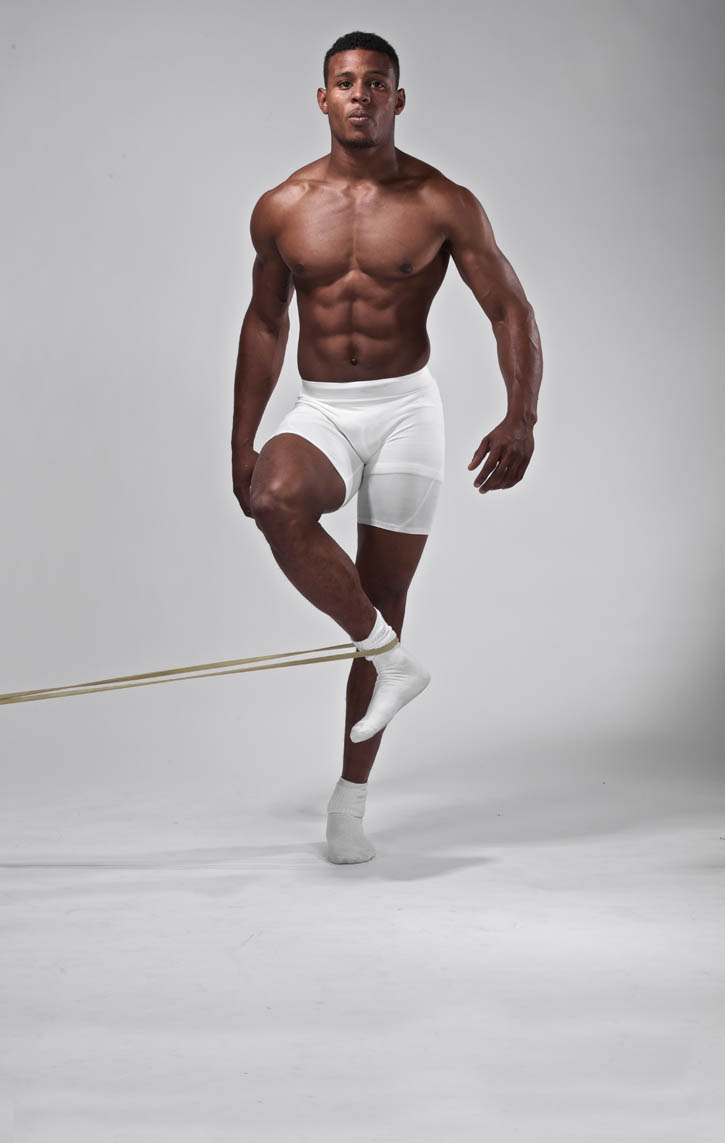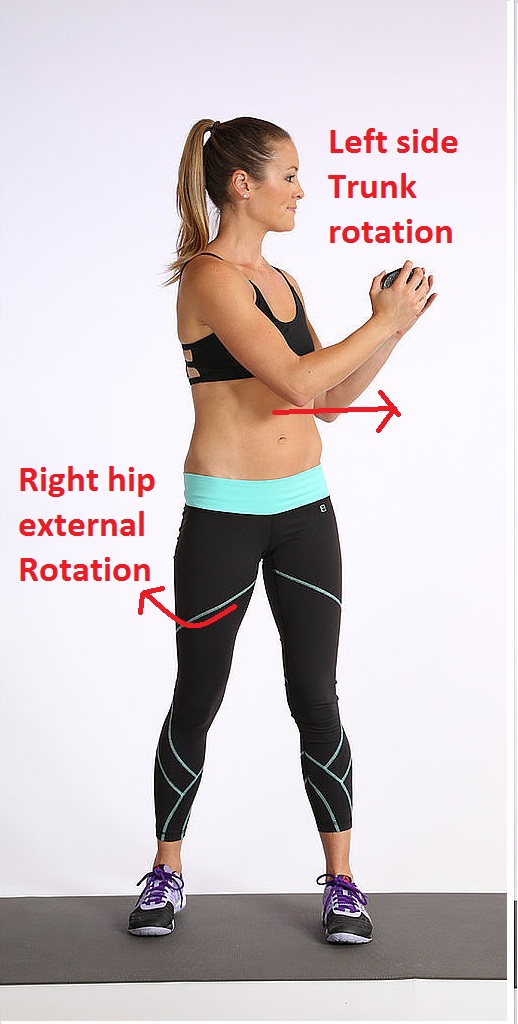上一週我們討論了如何精確的描述動作
這週我想要進一步地講解基本但容易被忘記的重要動作元素:
"關節動作的五種模式"
Last week we talked about how to describe the movement.
This week I'd like to share a basic but easily overlooked element:
"Five patterns of joint movement"
現在讓我們再一次用髖關節當作範例
下面是髖關節外轉的動作
這是骨盆靜止 股骨外轉的模式
Let's use hip joint as an example.
Below is the hip external rotation.
Pelvic still, femur external rotates.
 |
| http://www.bodbot.com |
除了這個動作之外 還能想出幾種髖關節外轉的模式呢?
如果你能想出總共五種的模式
恭喜你 你對於關節間的動作是暸如指掌的專家級人物
Now I'd want you to think,
are there any other pattern can make the hip external rotation?
If you can come out all five patterns,
CONGRADULATION, you are the EXPERT of the joint movement.
下面是另一種髖關節外轉
是股骨靜止 骨盆轉向對側的模式
Here is another pattern, or so called close-chain movement.
Femur still, pelvic rotates to opposite side.
 |
| https://singaporeosteopathy.com |
後面三種模式 可以簡單的物理原理來解釋
身為一個物理治療師 物理還是有點重要啊
The above two patterns should be easy to you.
The last three patterns are a little but tricky.
We can use the simple physic principle to understand those movements.
After all, I am a PHYSICAL therapist :P
上面的圖片展示了最後三種模式
骨盆轉向對側同時股骨外轉
骨盆轉向同側 股骨外轉 但骨盆的速度較慢
骨盆轉向對側 股骨內轉 但股骨的速度較慢
這是相對運動產生的結果
This classic question explains all three patterns pretty well:
Pelvic turns to the opposite side with femur external rotates(away from each other).
Pelvic turns to the same side with femur external rotates, but the pelvic speed is slower.
Pelvic turns to the opposite side with femur internal rotates, but the femur speed is slower.
It's the result of relative movement.
而這三種模式之所以重要
是因為這幾種不同情況
對於髖關節的結果是一樣的
但肌肉的動作模式會有所不同
It is important to know the different because
they ALL have the same result but the muscle activations are different
而這五種模式適用於全部的關節:
1. 近端靜止, 遠端移動
2. 近端移動, 遠端靜置
3. 兩端往反方向移動
4. 兩端向同方向移動, 近端速度較快
5. 兩端向同方向移動, 遠端速度較快
This is the principle that applies to all joint(Mostly):
1. Proximal part still, distal part moves.
2. Proximal part moves, distal part still.
3. Both parts move toward different direction(away or close).
4. Both parts move toward the same direction, proximal part is faster.
5. Both parts move toward the same direction, distal part is faster.
了解相對運動的物理原則
對於肌動學的內涵會有更深刻的了解
Knowing the concept of the relative movement
can help you get more profound understanding of the kinesiology.

